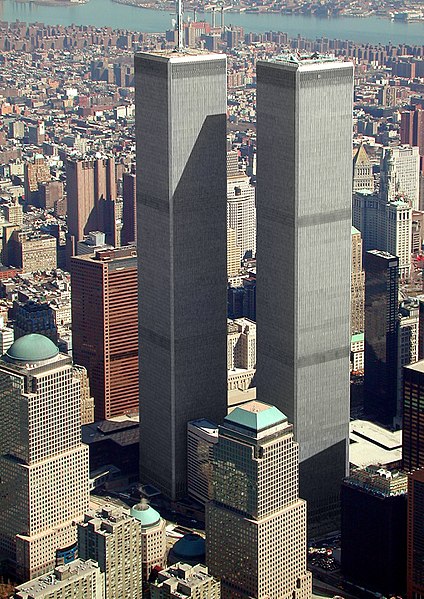
I know that rockets must have a heavy and wide base in order to create an effective rocket. the reason the base must be heavy and wide, is because if the rocket is propelling forward, there must be an opposite force reacting. If the base is not strong, the structure will move backward, and it will not maximize the range of the rocket.
While creating this rocket, i think it is important for the pressure to be concentrated at the rocket itself. Therefore creating a wide base, and a thin tip, so that the it will cause high pressure would be advisable.
Also, the launch angle should be at 45 degrees in order to maximize the range. in every projectile motion there is an x and y component. X is very crucial because that is what gives the distance to the actual object being launched. Not as important, but Y is still very critical in providing the X with enough hang time travel a far distance
other than that... i dont know where to begin until i start building.
Till nextime
Timothy Leung



